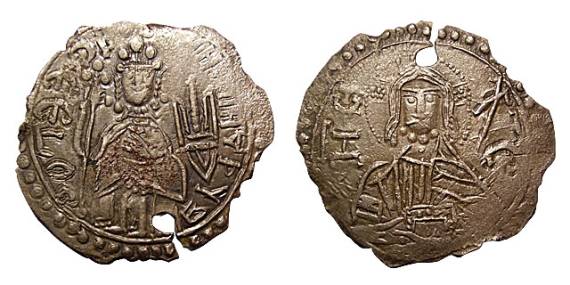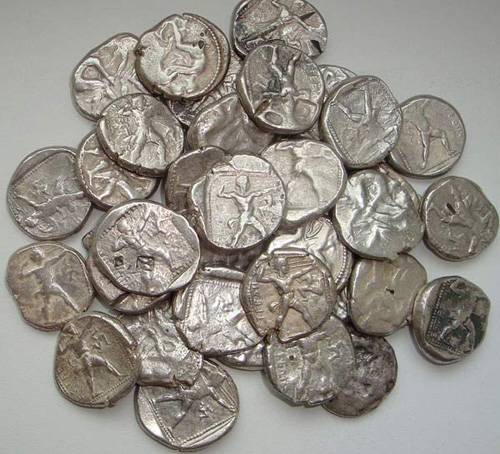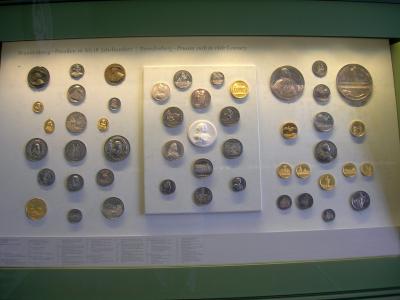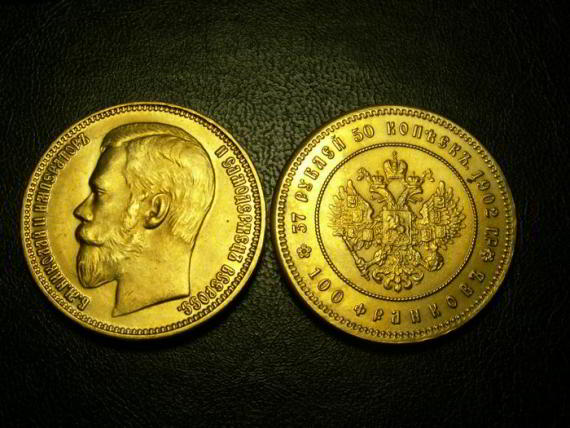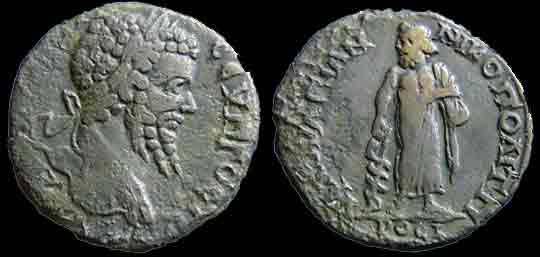Gold coin collecting
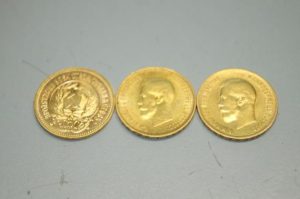 Since ancient times, gold coins are a unique collectible item. You can browse through many special catalogs in which hundreds, or even thousands of coins are counted. Such coins have become the subject of a rarity, it is found in museums or in private collections of coin collectors.
Since ancient times, gold coins are a unique collectible item. You can browse through many special catalogs in which hundreds, or even thousands of coins are counted. Such coins have become the subject of a rarity, it is found in museums or in private collections of coin collectors.
An interesting coin for collectors is considered to be a gold duvet. For ordinary people, it may seem surprising that the term “golden chervonets” has several varieties of coins. By the way, not always such a coin had a ten-ruble dignity.
Tracing the etymology of the word “chervonets”, you can see that it comes from the ancient Slavic name of the paint! Red – red. Connoisseurs of the Ukrainian language the word “red” is well known. Gold, in addition to some of its varieties, has a red-yellow color.
When gold coins began to appear in Russia, they were called gold coins. These such coins appeared only in the times of Tsar Peter I. They were needed for settlement with foreign suppliers. These coins were minted according to foreign standards, and the nominal value was not indicated on them.
Together with copper and silver coins, two rubles were minted from gold. Circulation of coins were only for the treatment of the royal palace. Began to produce 10-ruble coins, in the time of Catherine II, who called “imperial” and 5 coins, called “semi-imperial”.
Coins of merits from three rubles began to be minted in 1869, which was called gold coins. During the Soviet era, in the twenties of the last century, yellow coins of 10 rubles in gold began to be issued. In contrast to the “tsarist czarist,” they were called “soviet chervonets.” However, they did not differ in weight and size.
There is an interesting fact for real collectors. In the most difficult Soviet times, royal coins were minted using old stamps so that you could pay with foreign partners who were hostile.
In 1975, in the Soviet Union, they returned once more to the minting of gold chervonets. A quarter of a million coins were minted to pay for wheat with Argentina, Canada and the rest of the world. During the Olympics-80 in Moscow, 100 thousand gold pieces were issued. Later in the Russian Federation stopped minting these coins.
It may be noted an interesting fact – the cost of one gram of gold in a coin is two times less than the cost of a gram in a piece of jewelry. But this does not take into account such a fact as the age of the coin. Over the years, the price of such a coin rises.
